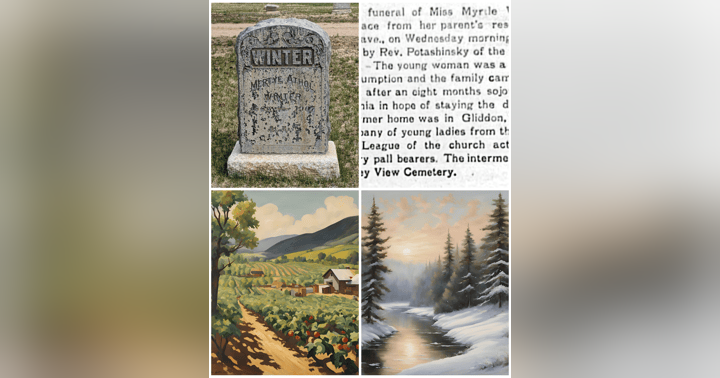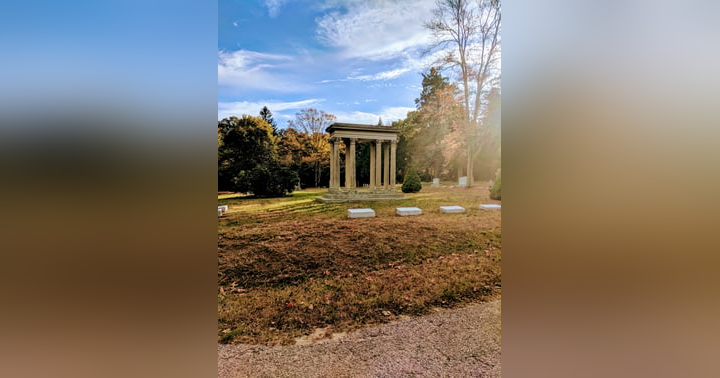Judge John Hathorn: A Condemning Salem Witch Trials Judge

Judge John Hathorn (1641-1717) was a prominent figure during the Salem Witch Trials in 1692 in Salem, Massachusetts. He was born in Salem and lived his entire life there. His parents were William & Anne Smith Hathorn. John Hathorn married his wife Ruth in 1675. He was a successful merchant and served as a magistrate, selectman, and representative in the Massachusetts General Court.
Hathorn was a member of the Court of Oyer and Terminer, the special court that was established to hear cases related to witchcraft. This court was responsible for the execution of 19 people who were convicted of witchcraft during the trials.
Hathorn was one of the most active judges during the witch trials, presiding over numerous hearings and examinations of accused witches. He was known for his harsh and aggressive questioning of the accused, often pressuring them to confess and implicate others. Hathorn believed strongly in the existence of witchcraft and was convinced that the accused were guilty.
After the trials ended, Hathorn continued to serve as a judge and held several other positions in Salem. He died in 1717 at the age of 76.
Nathaniel Hawthorne, the famous American author, was a descendant of John Hathorne through his father's side. Hawthorne was deeply troubled by his family's connection to the Salem Witch Trials, and he struggled with feelings of guilt and shame over his ancestor's role in the trials. About him he wrote, "(He) inherited the persecuting spirit, and made himself so conspicuous in the martyrdom of the witches, that their blood may fairly be said to have left to stain upon him."
Hawthorne's feelings toward his ancestor were complex and conflicted. On the one hand, he was ashamed of Hathorne's actions and the role that his family played in the witch trials. On the other hand, he felt a sense of obligation to acknowledge and confront this dark chapter in his family's history. Because he was disgusted by the actions John Hathorne had taken during the witch trials, Nathaniel Hawthorne added the "W" to his last name in order to differentiate it from that of his ancestor.
In his preface to "The House of the Seven Gables," Hawthorne wrote that he hoped his readers would "understand that the culpable severity of the Puritanical code of law was enacted in a belief of the necessity of it, in order to save the world from utter shipwreck." While he did not excuse or condone his ancestor's actions, he sought to provide some context and understanding for the historical period in which they occurred.
Today, Hathorn's involvement in the Salem Witch Trials is controversial. Some view him as a zealous and cruel judge who played a key role in the wrongful conviction and execution of innocent people. Others argue that he was simply following the laws and beliefs of the time and that his actions were not unusual for a judge in that era. While some who were involved in the trials later apologized and recanted for the harm they caused, Hathorne was not one of them. He truly felt he had judged judiciously and handed down the proper sentences for all involved, including those who had been executed.
Unlike those who were executed and buried unceremoniously in the ground where their hangings took place, John Hathorne was given a respectable burial in the Burying Point, also called the Charter Street cemetery in Salem, Massachusetts.
His headstone reads, "Here lyes interd ye body of Col. John Hathorn Esqr. Aged 76 years old who died May ye 10th 1717."
Photos: 1. Charter Street Cemetery - Salem, Massachusetts
2. “Oh Give Me Leave to Pray” illustration by Samuel S. Kilburn and John W. Ehninger of John Hathorne and Cotton Mather examining Martha Corey with Mary Walcott seated next to her. Published in “The Poetical Works of Longfellow” circa 1902
#TuesdayTidbits #tuesday #salemma #salemmassachusetts #salemwitchtrials #nathanielhawthorne #history #cemetery #cemeteries #cemeterystories #cemeterylore















